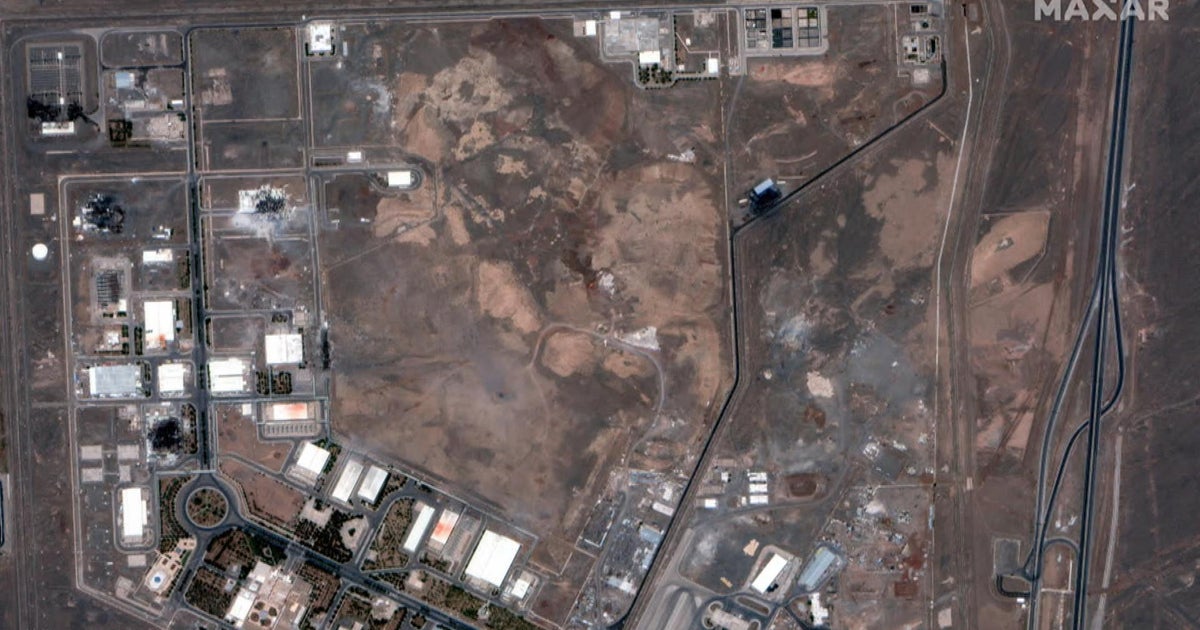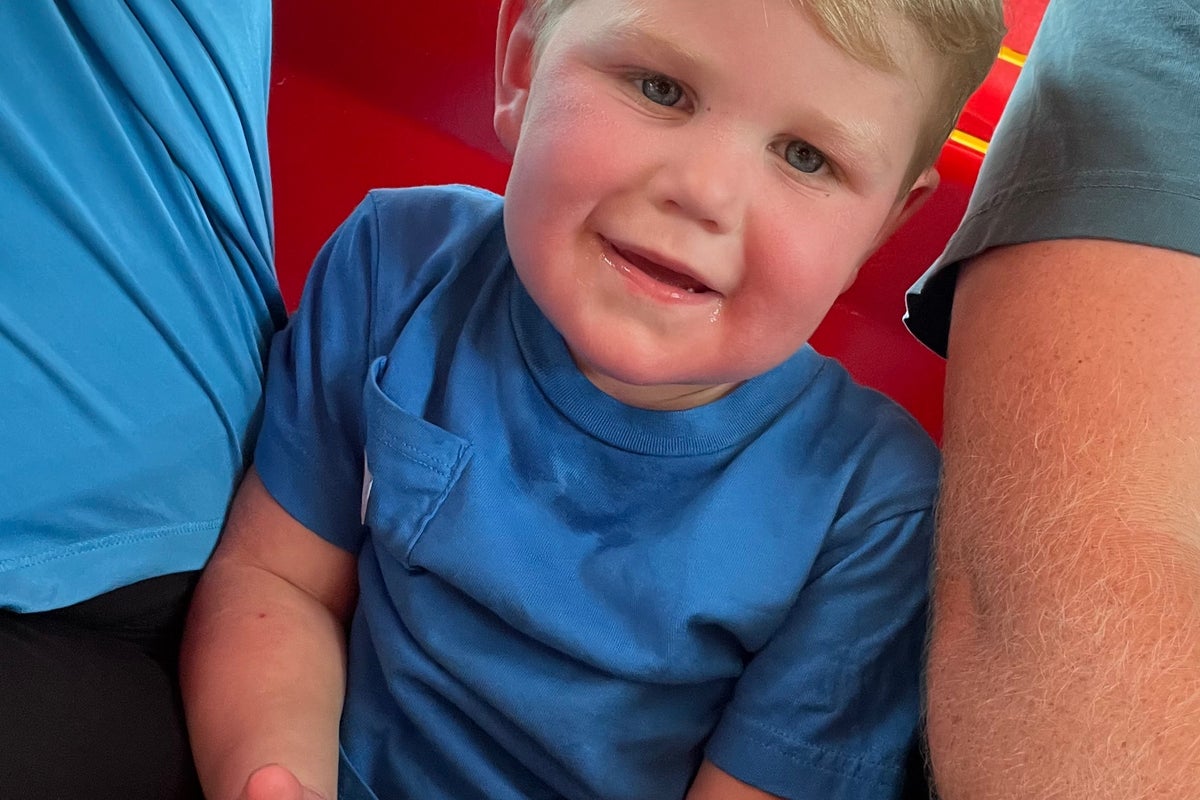Donald Trump has suggested that the US could send more Patriot missile systems to Ukraine, and has not ruled out providing the war-torn country with a new military support package.
Speaking at the Nato summit in the Netherlands on Wednesday, the president said “we’ll see what happens” when asked whether Washington would add to the $8 billion pledged by Nato allies.
"They do want to have the anti-missile missiles, OK, as they call them, the Patriots," the US president said. "And we're going to see if we can make some available. We need them, too. We're supplying them to Israel, and they're very effective, 100 per cent effective. Hard to believe how effective. They do want that more than any other thing.”
Click here for the latest updates on the Ukraine war

It would be a major boost for Kyiv to receive direct military assistance from the Trump administration, which has been highly resistant to sending the levels of weaponry provided to Ukraine during the Biden era.
Here, The Independent takes a look at what weapons the US and other countries have been sending to Ukraine and Russia as the war show no signs of ending soon.
Who is arming Ukraine?
Kyiv’s most significant military support comes from the US.
The Kiel Institute, which runs a database tracking the level of military support to Ukraine since the war began, says Washington has provided more 64 billion euros (£55 billion) in military support.
Since November, the US-made ATACMS missiles have been used by Ukraine in crucial strikes on targets deep inside Russia, with a range of around 190 miles (300 kilometres).
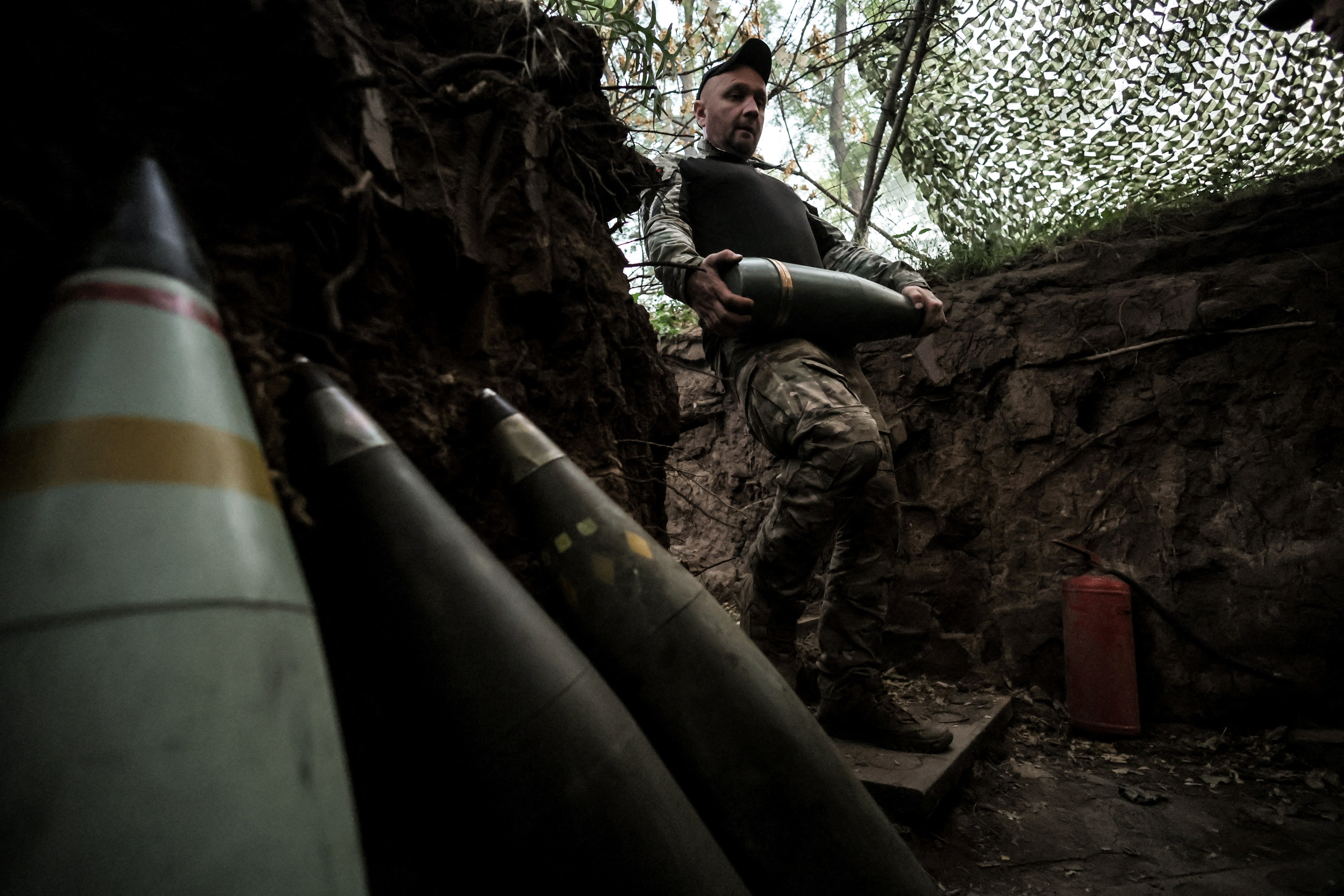
The US has also provided hundreds of Howitzer artillery weapons, more than 20 tanks, alongside anti-aircraft surface-to-air missile systems and multiple rocket launch systems.
US aid has totaled 114.6 billion euros of financial, humanitarian and military donations to Ukraine since the war began. Of military aid, it has provided 64.5 per cent of the support Ukraine has received.
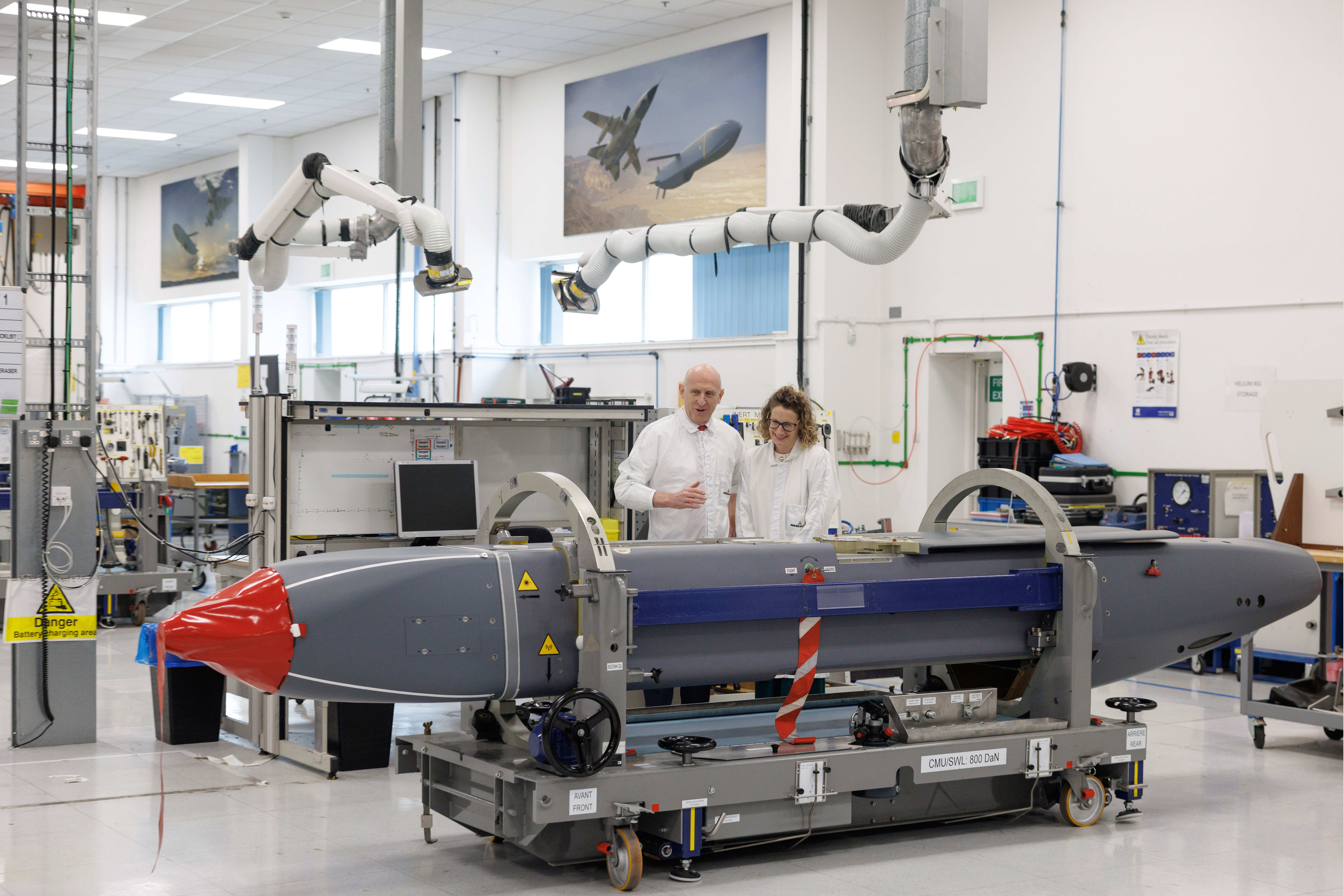
This is followed by the UK at 14.5 per cent, then Germany, Denmark, the Netherlands, Sweden, France, and a host of further European countries.
While the EU has provided huge tranches of humanitarian and financial support, as an economic bloc it does not provide direct military support.
Ukraine has been supplied with British Storm Shadow missiles, F-16 fighter jets built in the US, Leopard 2 tanks from Germany - despite years of hesitation from Berlin - British challenger tanks, and Polish drones.
The UK has committed to spending £18 billion on Ukraine, including £13bn on military support and £5bn on non-military.
Separately, European leaders in Nato announced on Wednesday that they have agreed to Mr Trump’s demands to increase defence spending to 5 per cent of GDP.
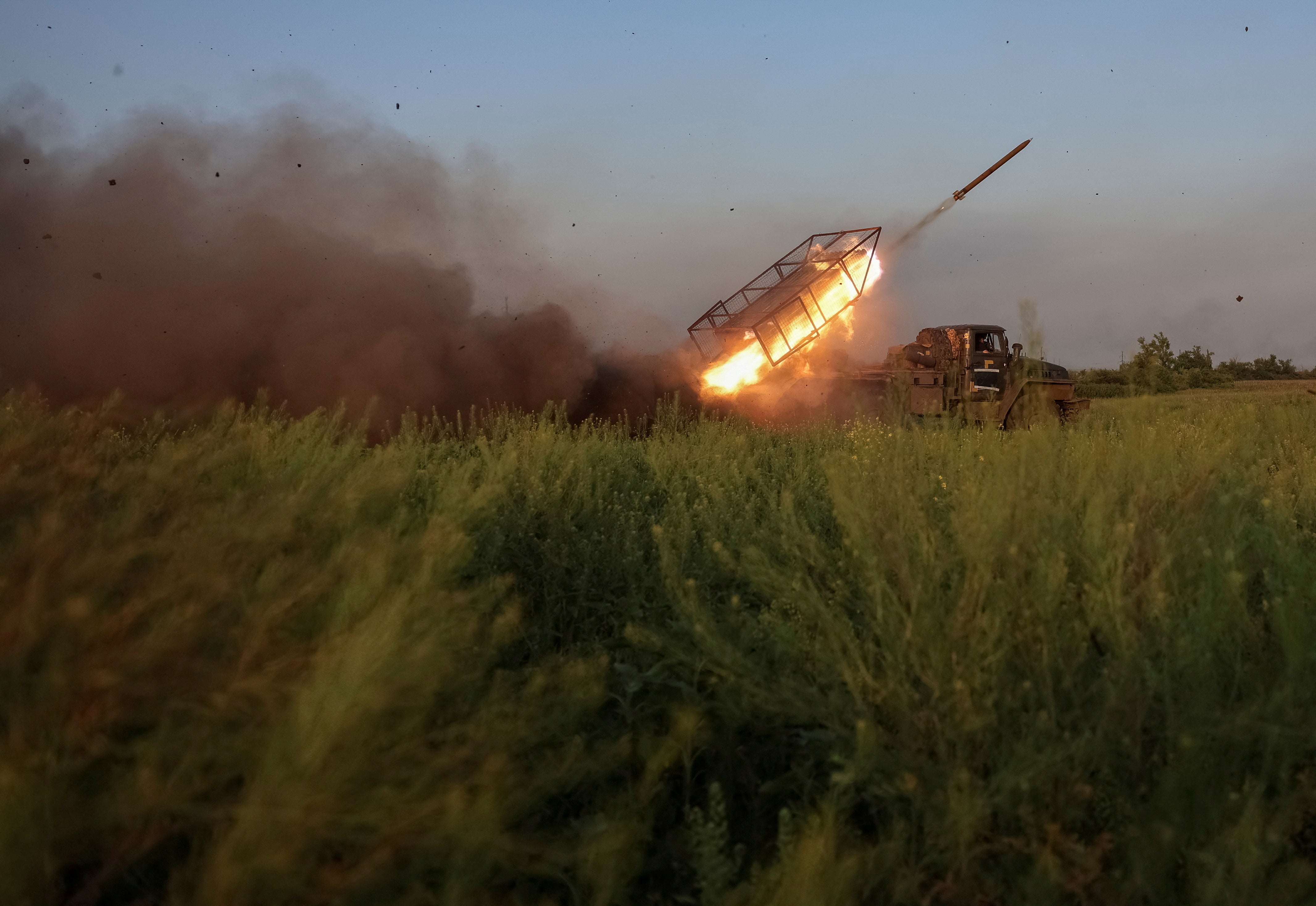
Who is arming Russia?
Russia too has received a host of support from a number of its allies who are pitched alongside Moscow against Western interests - although the exact picture is a little more blurred.
Iran and North Korea are two of Moscow’s clearest military supporters.
Tehran has provided crucial support for Russia’s air capabilities, providing it with thousands of the Shahed drones which have brought huge destruction to Ukraine since the war began in February 2022.
Russia regularly fires hundreds of the mass-produced drones at Ukraine overnight, in a modern style of warfare which has transformed how a conventional conflict is carried out.
But Moscow believes Tehran’s importance as a supplier has declined as Russia has localised production of the drones - a move which Iran has provided significant support for.
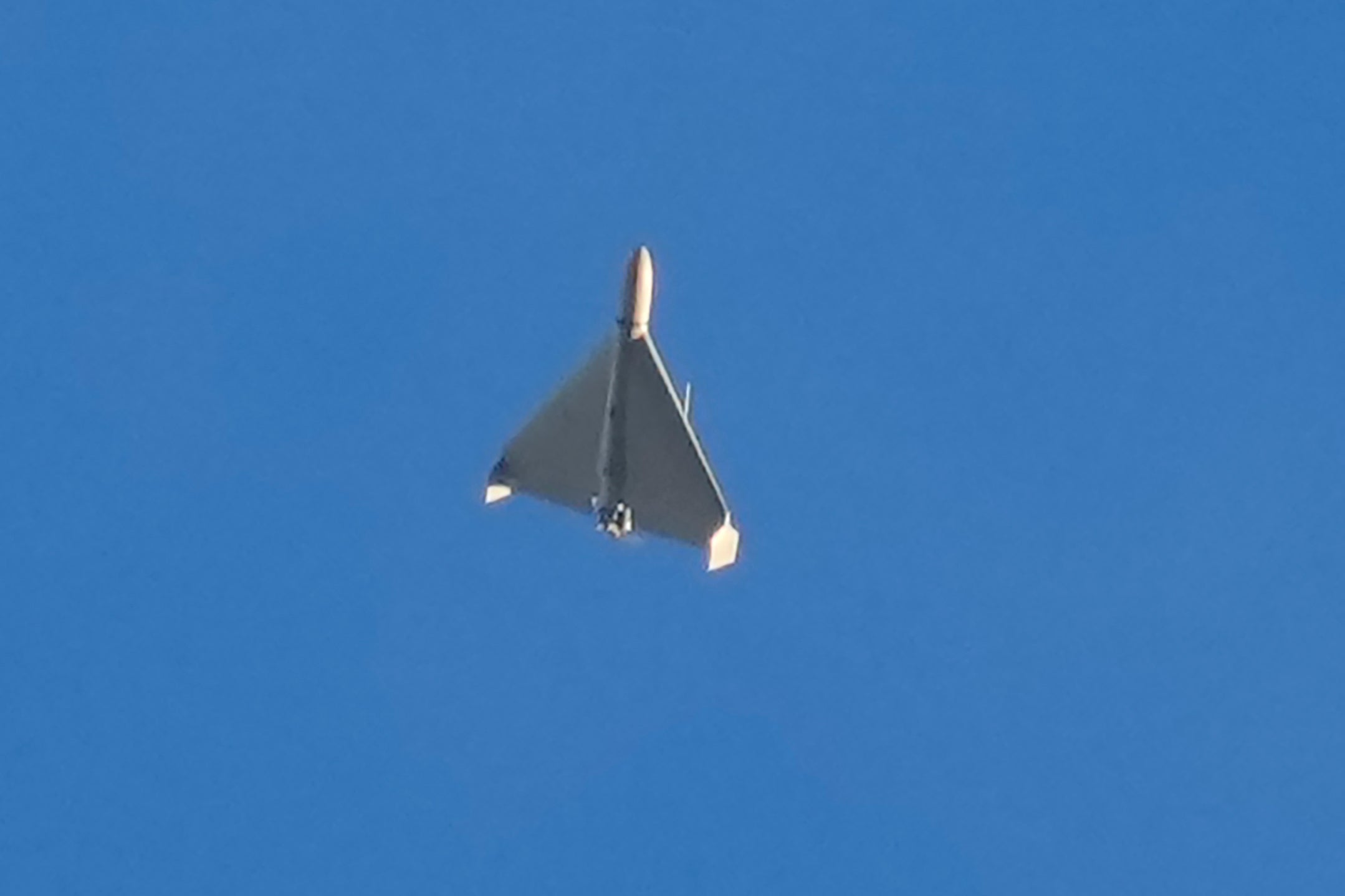
North Korea, meanwhile, has sent thousands of troops to Russia to help fight Ukrainian forces in Russia’s Kursk region.
After signing a treaty which includes a mutual defence pact, Kim Jong-un is said to have sent around 12,000 North Korean troops, who assisted Russian forces in driving the Ukrainian military out of the region.
South Korea’s National Intelligence Service (NIS) believes Russia may be readying to mount a large-scale assault against Ukraine in July or August, after noting a new round up of troops by the military and the visit of a top Russian presidential security official, lawmakers said this week.
Western countries have also claimed China is militarily supporting the war effort in Ukraine, something which Beijing has repeatedly denied.
Russia and China have built an increasingly close bond since the war began. Presidents Xi Jinping and Vladimir Putin signed a “no-limits” partnership and have repeatedly hailed each other as”dear friends”.
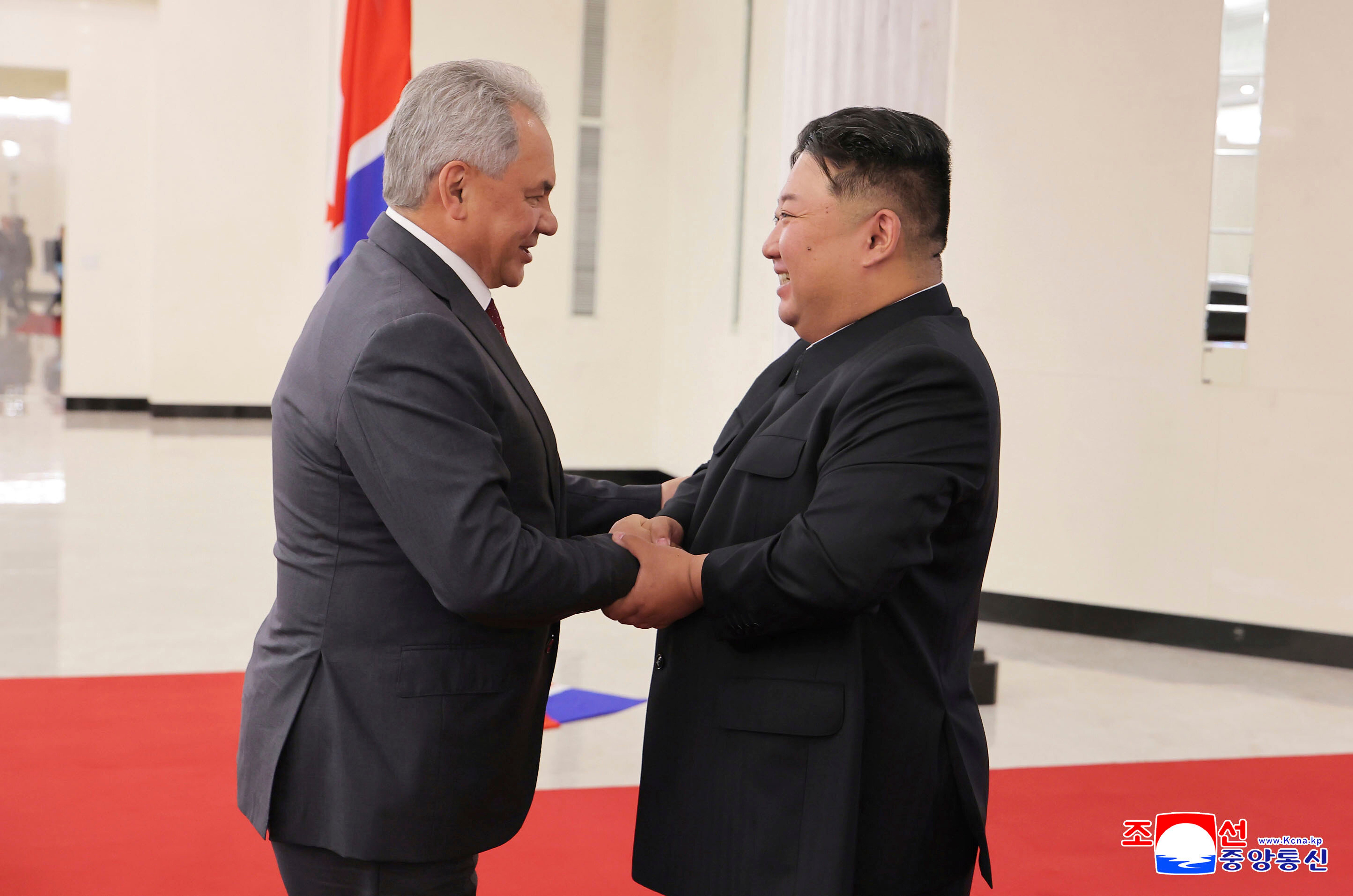
Beijing has been sending so-called dual-use technology which can be used for both civilian and military purposes, leaving plausible deniability for China to avoid Western sanctions.
According to Politico, Russian imports of drones and ceramics - which is a component used in body armor - has significantly increased since the war has begun. The Wall Street Journal reports that dual-use navigation equipment, jamming technology, and fighter jet parts were sold to Russian state-owned companies.
In April, Mr Zelensky said Ukrainian intelligence had found that gunpowder and artillery had been supplied by Chinese enterprises.
"We talked with the Chinese leader and he gave me his word that he won't sell or give weapons to Russia. Unfortunately, we have facts and see the opposite information,” Mr Zelensky said at the time.
On Thursday, China’s foreign ministry denied it was supplying weapons to parties in the Ukraine war, and accused "relevant NATO personnel" of slandering China's "normal military build-up".
Guo Jiakun, a spokesperson for the foreign ministry, was responding to Nato chief Mark Rutte saying there was a "massive build-up" of the military in China.

 3 hours ago
3
3 hours ago
3



